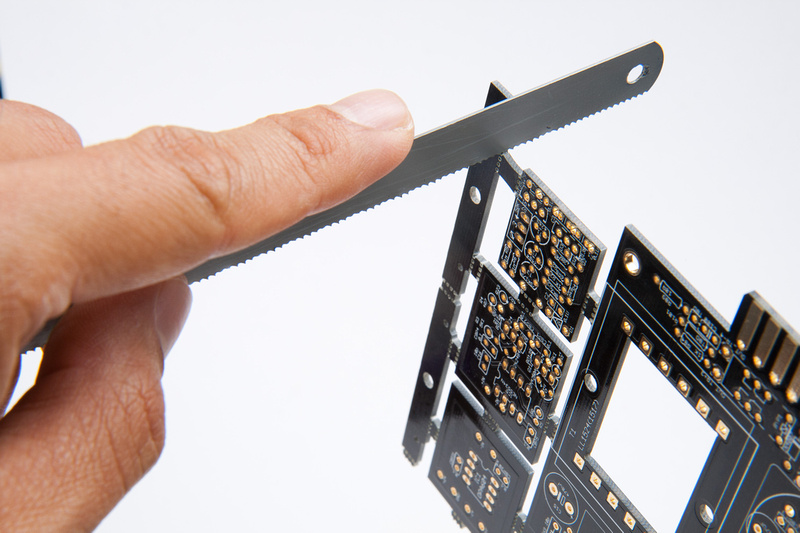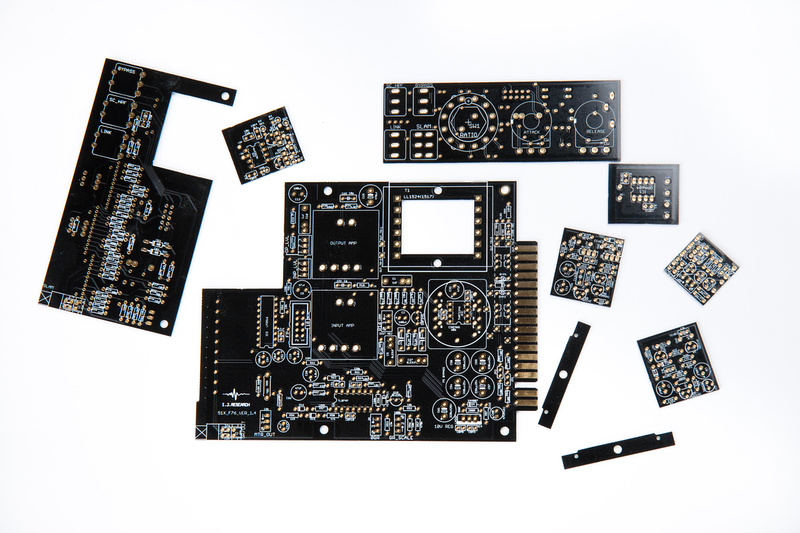More on attenuator.
I have been looking for balanced attenuator information. I don't really have the experience to be sure, but it seems that if one wired either side of the balanced line to ground through a resistor or worse a variable resistor, unless those were perfectly matched it would interfere with the CMRR of the transformer. A variable pot would never be perfectly matched, and even resistors would not be.
in the attached file you can see the "attenuator option" schematic. I don't understand it, and I am beginning to believe that it is incomplete, but it does show the attenuator as grounded.
(this would be a good time for someone to show up with a clear schematic of the trafo attenuator option. If there is anyone in the Levant with such a thing <grin>)
Now here is the original URIE Schematic from Waltzing bear sitehttp://www.waltzingbear.com/Schematics/Urei/Urei_1176LN_series_F_page_1.htm, which shows some attenuator wiring, which is not grounded. It seems to be implemented with a simple single pot (I dont understand what the RIA pot is), and would not interfere with CMRR as far as I can see, although it would not maintain impedance through the range of attenuation.
It might be possible to wire a U attenuator, using one of those 600 ohm attenuators, although I don't know what the taper's are and whether they would work to make a U, usually they are wired as a T. I found a balanced attenuator wiring diagram in the Audio Cyclopedia, I could put up if you want, but I am not sure it is the right thing.
This thread talks about using the T attenuator to make a balanced attenuator, by basically putting the wings of the T in one side (ex. Hot side) and putting the common ground on the other side (cold). Neither is grounded so the result I think (please correct me if I am wrong) is that the impedance with respect to ground is not effected, and thus CMRR is maintained for the transformer.
http://www.groupdiy.com/index.php?topic=11964.0
Here is a thread that speaks to the CMRR issue, if I understand it correctly
http://www.groupdiy.com/index.php?topic=2192
And another one...
http://www.groupdiy.com/index.php?topic=14888.msg190942#msg190942
I have been looking for balanced attenuator information. I don't really have the experience to be sure, but it seems that if one wired either side of the balanced line to ground through a resistor or worse a variable resistor, unless those were perfectly matched it would interfere with the CMRR of the transformer. A variable pot would never be perfectly matched, and even resistors would not be.
in the attached file you can see the "attenuator option" schematic. I don't understand it, and I am beginning to believe that it is incomplete, but it does show the attenuator as grounded.
(this would be a good time for someone to show up with a clear schematic of the trafo attenuator option. If there is anyone in the Levant with such a thing <grin>)
Now here is the original URIE Schematic from Waltzing bear sitehttp://www.waltzingbear.com/Schematics/Urei/Urei_1176LN_series_F_page_1.htm, which shows some attenuator wiring, which is not grounded. It seems to be implemented with a simple single pot (I dont understand what the RIA pot is), and would not interfere with CMRR as far as I can see, although it would not maintain impedance through the range of attenuation.
It might be possible to wire a U attenuator, using one of those 600 ohm attenuators, although I don't know what the taper's are and whether they would work to make a U, usually they are wired as a T. I found a balanced attenuator wiring diagram in the Audio Cyclopedia, I could put up if you want, but I am not sure it is the right thing.
This thread talks about using the T attenuator to make a balanced attenuator, by basically putting the wings of the T in one side (ex. Hot side) and putting the common ground on the other side (cold). Neither is grounded so the result I think (please correct me if I am wrong) is that the impedance with respect to ground is not effected, and thus CMRR is maintained for the transformer.
http://www.groupdiy.com/index.php?topic=11964.0
Here is a thread that speaks to the CMRR issue, if I understand it correctly
http://www.groupdiy.com/index.php?topic=2192
And another one...
http://www.groupdiy.com/index.php?topic=14888.msg190942#msg190942











































